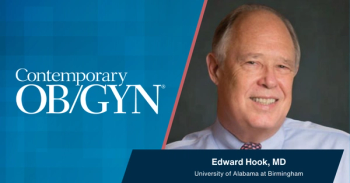
Exercise may trim atrial fibrillation risk
According to a recent study in the Journal of the American Heart Association, postmenopausal women who increase their physical activity may reduce their risk of developing incident atrial fibrillation (AF).
According to a recent study in the
Led by researchers at the Inherited Arrhythmia Clinic at the Stanford University School of Medicine, the study was based on data from the Women’s Health Initiative (
After excluding women with incomplete data, underweight body mass index (BMI), and prevalent AF, 81,317 women remained and 9792 of them developed AF. The average age of effected women was 63.4 years, 7.8% were African American and 3.6% were Hispanic. Reduced physical activity (>9 vs. 0 metabolic equivalent task hours per week; hazard ratio [HR], 0.90; 95% confidence interval [CI], 0.85 to 0.96) and increased BMI (HR, 1.12 per 5-kg/m2 increase; 95% [CI], 1.10 to 1.14) were both independently associated with higher rates of AF after multivariate adjustment. However, the AF risk from
Investigators concluded that physical activity can lower the rate of incident AF and modify the risk of AF in obese women.
To get weekly advice for today's Ob/Gyn,
Newsletter
Get the latest clinical updates, case studies, and expert commentary in obstetric and gynecologic care. Sign up now to stay informed.










